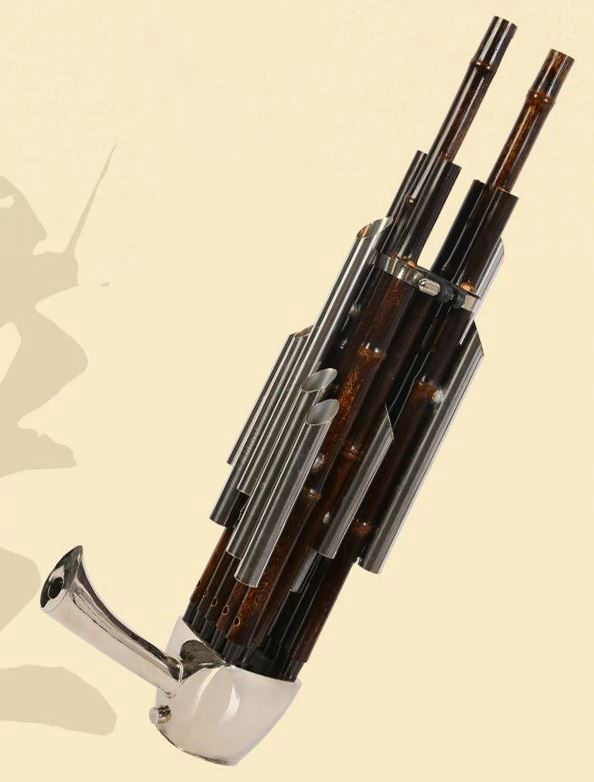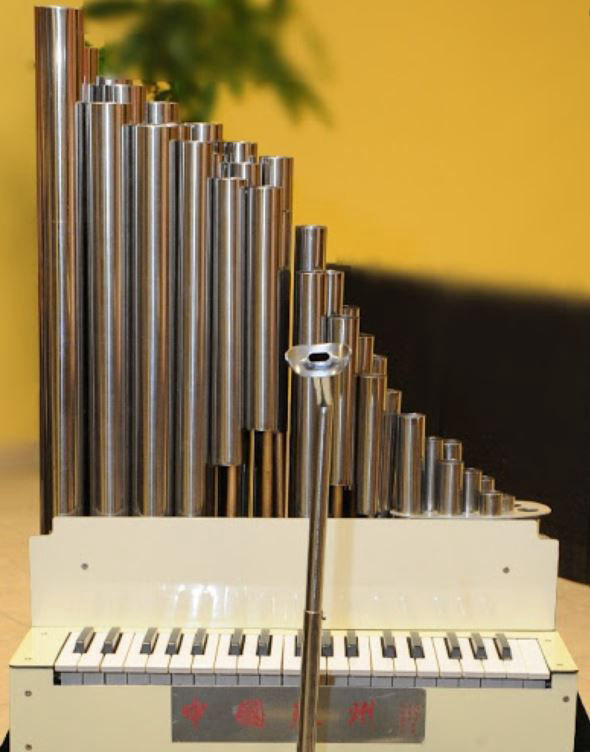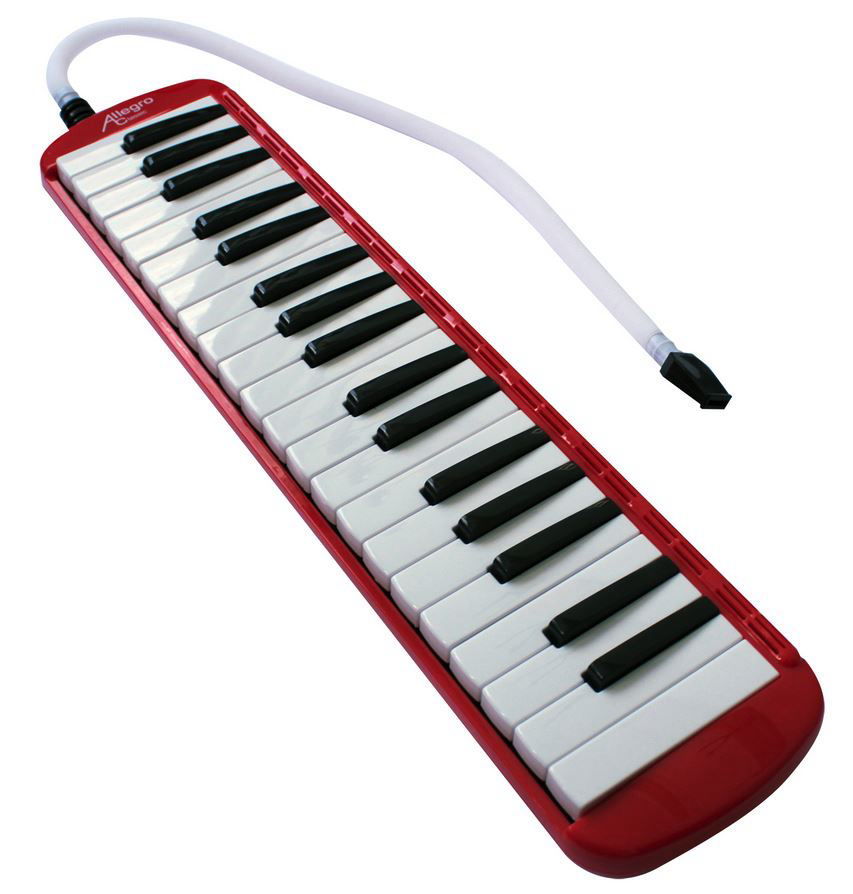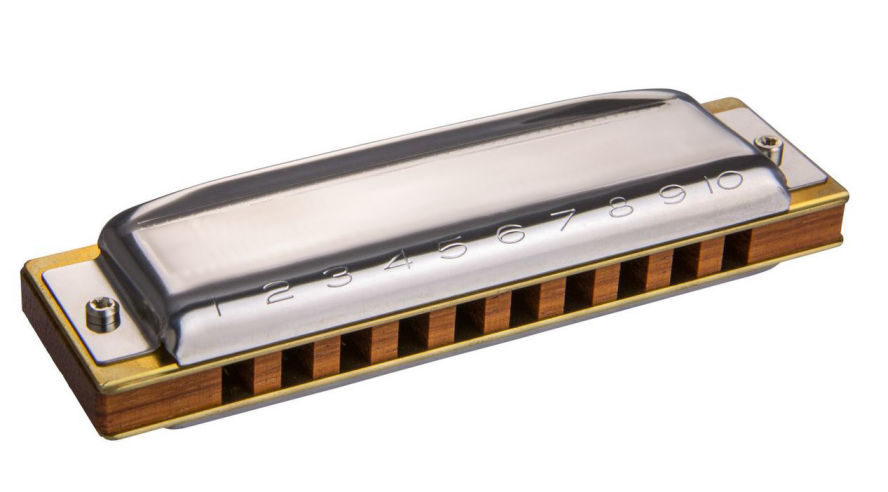
What is a mouth organ? What’s the best one and how to play it? Whenever I hear or I see something like this, a suspicion about what they’re asking about forms in my head. That’s why I decided to spend some time writing an article on the topic. So, the mouth organ – is it a specific instrument or a generic name for a whole family of instruments? Read on to discover more!
Among the wind instruments that can be found on the market, there are some with some unexpected predecessors. For example, among its ancestors, the mouth organ has the sheng – an instrument whose origins are calculated to have begun about three thousand years ago. What do the sheng and mouth organ have in common? They are both aerophone instruments – that is, they use air to produce vibrations and emit sounds. The mouth organ, in particular, is part of the 'free reed aerophone' family of instruments, in which an element vibrates within a chamber or slot when the air passes through.
The sound can be produced, depending on the instrument, by blowing or aspiration. ‘Mouth organ’, in general, is the name we can technically give to all instruments of this type, including the harmonica and the melodica. In most cases, these instruments can play one or more notes simultaneously, and depending on the specific instrument features, the technique for selecting every note changes. There are mouth organs where you need to blow into pipes, press buttons, or even press a kind of keyboard as you would on a piano.
Below, you can see a sheng, and you'll find a video where you can listen to how a sheng sounds.

How much does this type of instrument cost? Well, the price can range between $200 for a cheap model and up to $700 for a high-quality instrument. The price is also determined by the number of pipes, which is normally 14 or 21. In addition to the traditional models, you can also find some keyed versions nowadays, with extensions that fit the soprano, alto, tenor, and bass. This kind of mouth organ is quite interesting, and the most modern have a keyboard in place of the classic buttons.

Another well-known mouth organ is the melodica – an instrument that’s still widespread in Asia today, mostly in schools. A few decades ago, it was also used in our schools to educate children about music. I still remember well the plastic tube in which you had to blow to play, and which most of the time ended up filling up with saliva; not a very pleasant image, I know, but that was the reality. In this sense, the flute, also very popular in school, was not much better! The melodica is a particular mouth organ that has a keyboard and quite similar to the piano in some respects. For this reason, it’s still popular among kids today. To play this kind of gadget, you need to blow into its flexible pipe and choose the notes on the mini keyboard; it’s also capable of producing multiple notes at the same time (polyphonic). Sometimes, you can play a melodica by removing its flexible pipe and blowing directly into the instrument air inlet using a sort of mouthpiece.

Going back to the mouth organ, what instruments is this name associated with in various parts of the world? Things change much if we look back in time.
By doing an internet search, we discover that this name is widely used in Asian countries, especially in India. Most Indians play the chromatic harmonica, so if you ask an Indian to show you his mouth organ, they’ll probably demonstrate something that may have a number of variable holes and a slide to change notes. Similarly, the mouth organ is often associated with the tremolo in Asia as well as in some parts of Africa. Here’s an example of a chromatic mouth organ.
Below you'll find a picture and a video to listen to this instrument.

A chromatic harmonica, just as the name suggests, allows you to play every semitone of the tonal system. Compared to a piano, it’s like how you can play the white and black keys to get a full twelve-tone chromatic scale. The slide (the button you see on the instrument’s side) is used to raise the note you’re playing by one semitone. This instrument is well-suited to jazz and classical music, where chromaticism is often applied. As for the blues, this kind of instrument is often played in third position, most of the time a D minor blues tune with a standard C tuning. You can also buy some different keys such as D, G, and F, but these are not as common.

There are a number of different models of tremolo out there, all with different note layouts, hole numbers, and keys.
Looking for the same name in Western parts of the world, we find that it’s not commonly used, and has been largely replaced with the harmonica, blues harp, or French harp. Some people, especially on social media, sometimes raise friendly discussions about the correct name to call the 10-hole instrument we widely use for playing blues. From these debates, I can affirm that in the United States and Europe, the mouth organ is the harmonica, and often the diatonic type. This kind of instrument has 10 holes, 20 reeds, and comes in all 12 keys plus some low-pitched tonalities. You can also find instruments with alternate tunings like country tuning, minor, and many others. Today, you can also have a personalized harmonica with a note layout of your choice! Take a look at the Seydel website to see this kind of model.
At this point, since I like to have an open mind and accept different ways of seeing things in different parts of the world, I’ll show you a beautiful German mouth organ.

Having now arrived at the end of the article, what I want to leave you with is this: call it the harmonica, French harp, mouth organ, blues harp, or whatever else you like, but blow, blow, blow and make music! See you around soon!
Share this page with your friends!